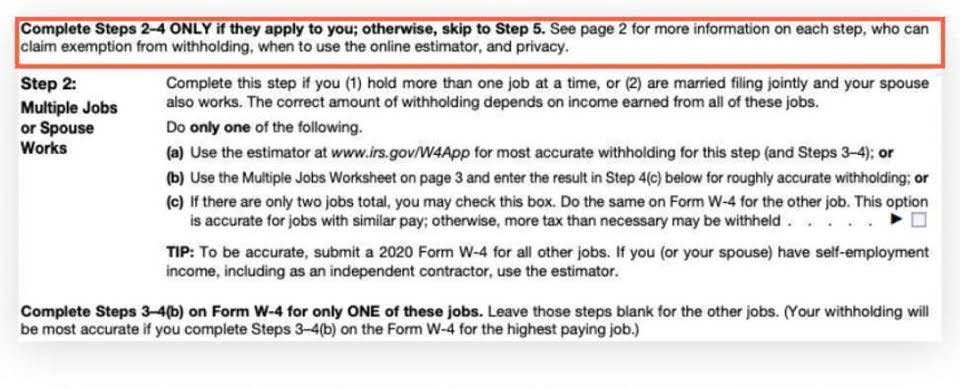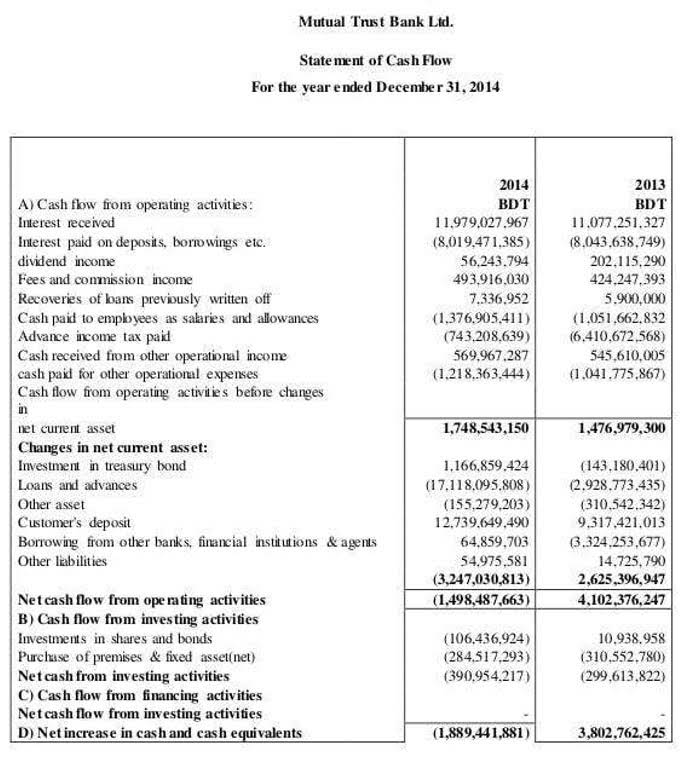
A Southern California native, Cynthia received her Bachelor of Science degree in finance and business economics from USC. On the Date of Payment, you would make an entry to debit Stock Dividends Distributable and credit the Common Stock account. PwC refers to the US member firm or one of its subsidiaries or affiliates, and may sometimes refer to the PwC network.

Accounting for a Cash Dividend

Share dividends are declared by a company’s board of directors and may be stated in dollar or percentage terms. Shareholders do not what type of account is dividends have to pay income taxes on share dividends when they receive them; instead, they are taxed when the shareholder sells them in the future. A share dividend distributes shares so that after the distribution, all shareholders have the exact same percentage of ownership that they held prior to the dividend.
International Accounting Standards for Dividends
- 11 Financial may only transact business in those states in which it is registered, or qualifies for an exemption or exclusion from registration requirements.
- The correct journal entry post-declaration would thus be a debit to the retained earnings account and a credit of an equal amount to the dividends payable account.
- All such information is provided solely for convenience purposes only and all users thereof should be guided accordingly.
- Suppose a corporation currently has 100,000 common shares outstanding with a par value of $10.
- For companies, there are several reasons to consider sharing some of their earnings with shareholders in the form of dividends.
- They are often used when companies wish to reward shareholders without reducing cash reserves.
Some companies choose not to pay dividends and instead reinvest all of their earnings back into the company. The company may want to invest all their retained earnings to support and continue that growth. Another scenario is a mature business that believes retaining its earnings is more likely to result in an increased market value and share price. In other instances, a business may want to use its earnings to purchase new assets or branch out into new areas. Most companies like Woolworths, however, attempt dividend smoothing, the practice of paying dividends that are relatively equal period after period, even when earnings fluctuate. When dividends are distributed, they are stated as a per share amount and are paid only on fully issued shares.
- This transaction is straightforward and directly impacts the company’s liquidity, necessitating careful cash flow management to ensure that operational capabilities are not compromised.
- The board of directors of companies understand the need to provide shareholders with a periodic return, and as a result, often declare dividends usually two times a year.
- This article delves into the various types of dividends, their recording processes, and their implications on financial statements and shareholder equity.
- It provides stakeholders with essential information about the company’s profitability, liquidity, and long-term financial strategy.
- The cash outflow will occur when the dividend is actually paid to the shareholders.
Example of the Accounting for Cash Dividends

Though, the term “cash dividends” is easier to distinguish itself from the stock dividends account which is a completely different type of dividend. For shareholders, the tax treatment of dividends varies depending on the jurisdiction and https://www.bookstime.com/ the type of dividend received. In many countries, qualified dividends are taxed at a lower rate compared to ordinary income, providing a tax advantage to investors. For instance, in the United States, qualified dividends are taxed at long-term capital gains rates, which are generally lower than ordinary income tax rates. This preferential treatment aims to encourage investment in dividend-paying stocks.
- If so, the company would be more profitable and the shareholders would be rewarded with a higher stock price in the future.
- The presence of unpaid dividends necessitates careful disclosure in the financial statements.
- For firms with substantial dividend payouts, this reduction in cash reserves can impact their ability to invest in growth opportunities or weather financial downturns.
- Non-cash dividends, which are called property dividends, are more likely to occur in private corporations than in publicly held ones.
- Accountants must make a series of two journal entries to record the payout of these dividends each quarter.
- The dividend payout ratio is the ratio of dividends to net income, and represents the proportion of net income paid out to equity holders.
For firms with substantial dividend payouts, this reduction in cash reserves can impact their ability to invest in growth opportunities or weather financial downturns. When a company declares dividends, it initiates a series of accounting entries that reflect the financial commitment to its shareholders. The declaration of dividends marks the point at which the company recognizes its obligation to distribute a portion of its how is sales tax calculated earnings. This initial step involves debiting the Retained Earnings account, which reduces the accumulated profits available for reinvestment or future distribution. Simultaneously, a credit entry is made to the Dividends Payable account, establishing a liability that the company must settle on the payment date. On the day the board of directors votes to declare a cash dividend, a journal entry is required to record the declaration as a liability.
What is the payment date of dividends?
When they declare a cash dividend, some companies debit a Dividends account instead of Retained Earnings. (Both methods are acceptable.) The Dividends account is then closed to Retained Earnings at the end of the fiscal year. That is, the current holders of stock receive additional shares of stock in proportion to their current holdings. Again, in order to pay a cash dividend, a firm must have the necessary cash available, and the amount of cash on hand is not directly related to retained earnings. The dividend payout ratio is the ratio of dividends to net income, and represents the proportion of net income paid out to equity holders.
Leave a Reply